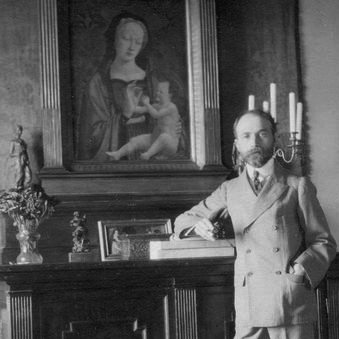In a 1968 interview, Fairfield Porter remarked on one aspect of his education at Harvard saying: “…we were presented with the aesthetic theories of Berenson, and that was a very strong influence on me. I think that I can’t even today look at Florentine painting without doing it in Berenson’s terms.” Those theories can be found in The Florentine Painters of the Renaissance, first published in 1896. This small book has been described as an “…enunciation of general aesthetic principles…It was here that Berenson developed the vocabulary of ‘tactile values’ and ‘ideated sensations,’ largely forgotten today…”. Berenson’s early essays on Italian painting “…were widely read for a generation and more…Addressed to a general audience, they were brief, elliptical, aphoristic, informal, conversational yet assertive, occasionally arbitrary and personal—a curious mixture of dogma and offhandedness…”. Setting aside the “dogma”, this description would be an apt summary of Porter’s work as a critic. In that same 1968 interview, Porter acknowledged that Berenson’s influence went beyond his assessment of Florentine painting saying: “When I wrote criticism, I was thinking of his (Rosenfeld’s) criticism, not just of Berenson.” Porter encountered Berenson’s ideas not only in his coursework at Harvard, but in personal conversations with the esteemed art historian as well.
